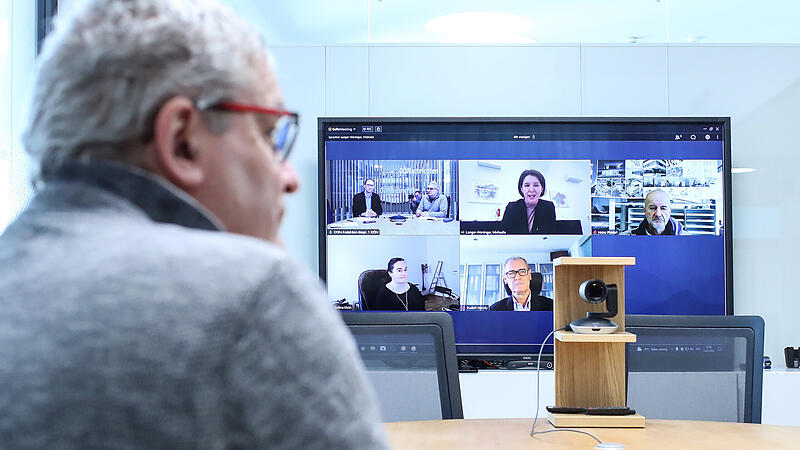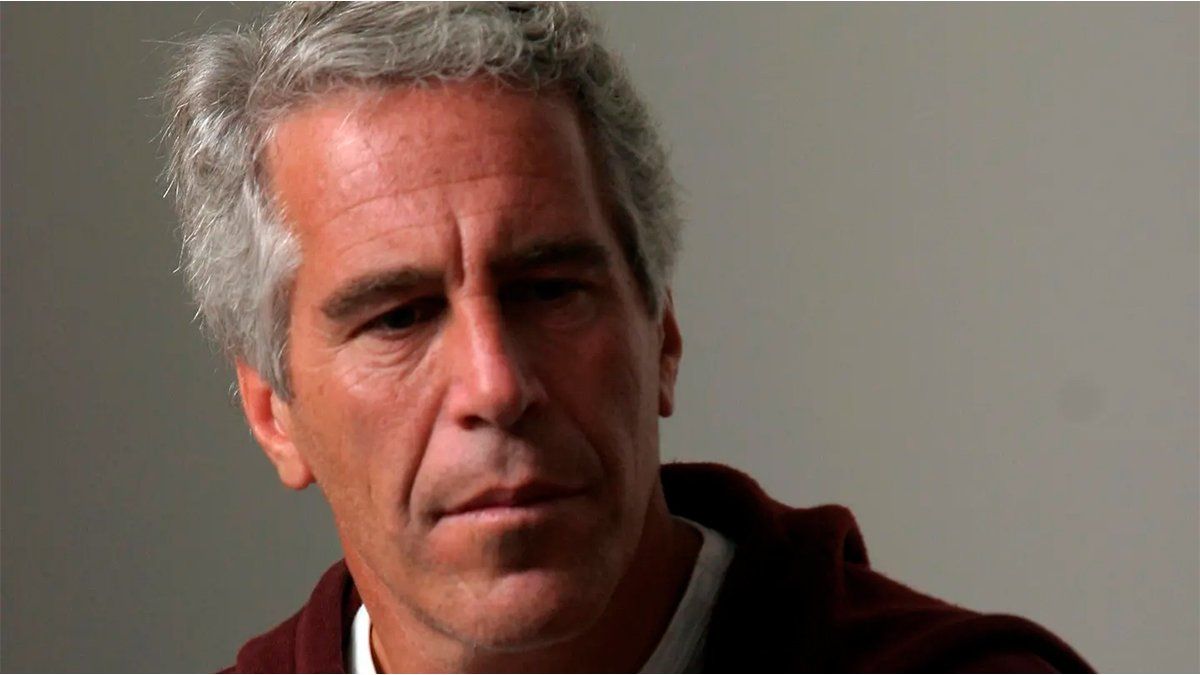On the occasion of the Upper Austrian architecture prize Daidalos, Provincial Councilor Michaela Langer-Weninger, Rudolf Wernly, President of the Chamber of Civil Engineers, Heinz Plöderl, Section Chair of the Architects, and Georg Wilbertz, OÖN architecture critic and member of the Daidalos jury, discussed at the round table of the OÖNachrichten.
Industry: “We have a mood problem in the creative industries,” said Plöderl. That is not good for a strong location like Upper Austria. According to Plöderl, architects are engines of the creative economy: “We have around 200 vacancies in the offices”. Hardly any of the boys who study in Munich, Vienna, Graz or Innsbruck come back. “That’s not her focus, because the offers and general conditions in the big university cities are different.” Wernly sees a “special situation” in the industry. “There are many colleagues who have a lot of work but can’t find any employees.” Because people could choose their jobs, they had high standards when it came to work-life balance. According to Wernly, Upper Austria is suffering because there is no technical university. Plöderl describes the training at the Art University in Linz (architecture) and the Wels University of Applied Sciences (civil engineering) as a “drop in the ocean”. Wilbertz said those who return to Upper Austria “see opportunities that an underserved area offers”.
Climate protection: How can construction and civil engineers contribute to sustainability? “Here I see some things on the right track, when I think about how much timber construction is developing,” said Langer-Weninger. Wernly explained that the construction industry causes a significant proportion of CO2 emissions. “We are striving to make our contribution to the EU’s Green Deal.” You will not get the emissions down from a hundred to zero. The production of concrete and steel alone causes high CO2 emissions. “But we as planners can try, for example, to reduce the amount of materials and use building materials such as wood, which are more favorable in terms of the climate balance,” says Wernly: “And the question that arises for everyone is, do we really have to rebuild everything?” It is not just about demolishing buildings, but about reusing substance. Plöderl also sees climate protection as a major challenge in the coming years.
building culture: Plöderl drew a comparison: “It’s like an iceberg, the number of top performances is small. We have a wide range of projects in which the need is not being built” – this applies to residential construction or the issue of empty town centers. “We have a new building culture, not a conversion culture,” said Plöderl. There is too little “internal development” in rural regions and too few examples. According to Wilbertz, building is not meeting needs in the sense that there is a problematic development as to how long certain core areas in cities will still be affordable for middle and lower incomes. And: “Where is what being built? Which settlement zones are being opened where? What possible densification is there in the urban and suburban areas?” You can take a much more differentiated approach in order to plan with pinpoint accuracy, says Wilbertz: “In the city it’s not immediately obvious where something goes wrong in terms of spatial planning, in the country it’s immediately.” “There can’t be only top architecture,” said Wernly. It’s about the balancing act between inexpensive construction and sophisticated architecture.
Room planning: Langer-Weninger emphasized that in recent years there has been a development “from rural exodus to urban exodus”. Especially in Upper Austria, smaller communities have grown – also increasingly because of Corona. “This is a sign that many things, for example in the supply structure, have not gone so wrong when households relocate from the urban structure to rural areas.” At the same time it is a big challenge. “The mobilization of building land is a massive concern for the mayors and local councils.” Dedicated building land in town centers is often not available because it is the “owner’s savings bank”. Then the pressure to dedicate to the outside grows. Nevertheless, work is being done to revitalize town centers. There are “great projects” such as in Steinbach, Molln and Grünburg, where vacant commercial areas are being revived together, such as the new market square in Schörfling or the new use of the former evangelical vicarage in Kefermarkt. Of course more is needed. Plöderl agreed that there are role models. “But we still have to get much better in many areas.” Wilbertz is of the opinion that people are fleeing the city not only because of the great quality in the country, but above all because of the “images of self-realization” in terms of home and garden. Quite a few who move to the country would not stay in the town center at all. You also have to address alternative images. And you have to do educational work that old buildings can be of high quality, because many people do not want to move into old buildings because of certain reservations. Langer-Weninger defended the new spatial planning law: It brings with it a clear commitment to reactivating vacancies and fallow land before rededicated. Supermarkets should no longer be built on the outskirts. The “protection of agricultural areas” was also considered. Wernly and Plöderl see the latter in danger. Plöderl also calls for unused building land to be reassigned to grassland after 15 or 20 years. Wernly doesn’t think that’s feasible in town centers, he also says: “Many mistakes were and are made in spatial planning that are difficult to reverse.” Wilbertz is for a broad social discourse, Plöderl wants to “pick up the citizens” to develop understanding.
Affordability: How can you keep building and housing affordable? Wilbertz is in favor of standards and regulations “again sifting through what actually has to be”. It’s not about substandard. Social housing is a very important tool. On the subject of new high-rises with eight floors or more, as in Linz, Wilbertz emphasized that these were “not a solution to the question of how to ensure affordable housing for the general public”. Densification is argued, but many factors such as infrastructure, transport and energy are neglected. Plöderl sees large high-rise projects as a pure “concrete gold” topic. In general, he calls for a “full cost calculation” that takes the entire cycle of a building into account. Construction accounted for a maximum of 20 percent of the costs, maintenance another 20 percent, and the rest energy, infrastructure, mobility. Wernly emphasized that the “basic costs have developed extremely”. Finding a solution in the free market is difficult. Of course, the complexity of the building always plays a role in the costs. Langer-Weninger pointed out that in the new regional planning law the designation category social housing was created. “But of course it’s about how much does the land you build on cost,” emphasized the state councilor in addition to the need to pay attention to efficiency.
Daidalos 2022
Upper Austria’s Daidalos Architecture Prize is being awarded for the fifth time – the categories in a nutshell:
- Valuable Substance: Intelligent, functional, architecturally convincing building in existing buildings
- Refined new building: New buildings that make an innovative architectural and functional contribution to current building activity
- Special prize for proven buildings: Buildings and plans that have proven their architectural quality and user-friendliness over a longer period of use
Submission deadline for Daedalus extended by one week
Numerous applications for the Daidalos architecture prize have been received in the past few days. The submission deadline has now been extended by one week to give the many interested parties a little more time – from January 16 to 23, 2022. All information and the link to the submission can be found at nachrichten.at/daidalos.
Architectural, civil engineering offices and interdisciplinary project teams (e.g. urban planners, landscape planners) are invited to submit. Projects in Upper Austria that have been completed will be approved. The projects must not be older than five years (completion after January 1, 2017), with the exception of the special award for proven buildings. The objects here must have been completed between 1990 and 2010. Up to five photos and five plans as well as an explanatory text with a maximum of 1500 characters are permitted for submission.
A top-class jury was won over for the Daidalos: Carmen Wolf from Munich, Stefanie Murero from Klagenfurt and Georg Wilbertz, architecture critic of the OÖ Nachrichten.
Source: Nachrichten




